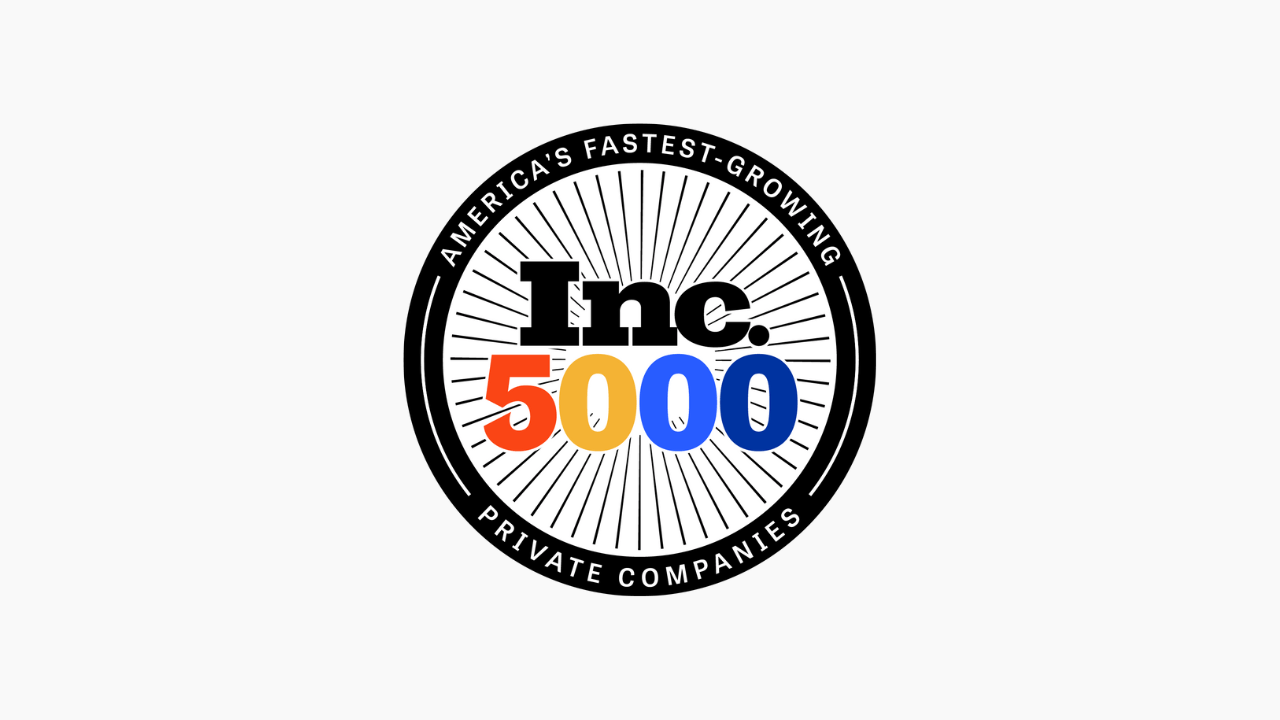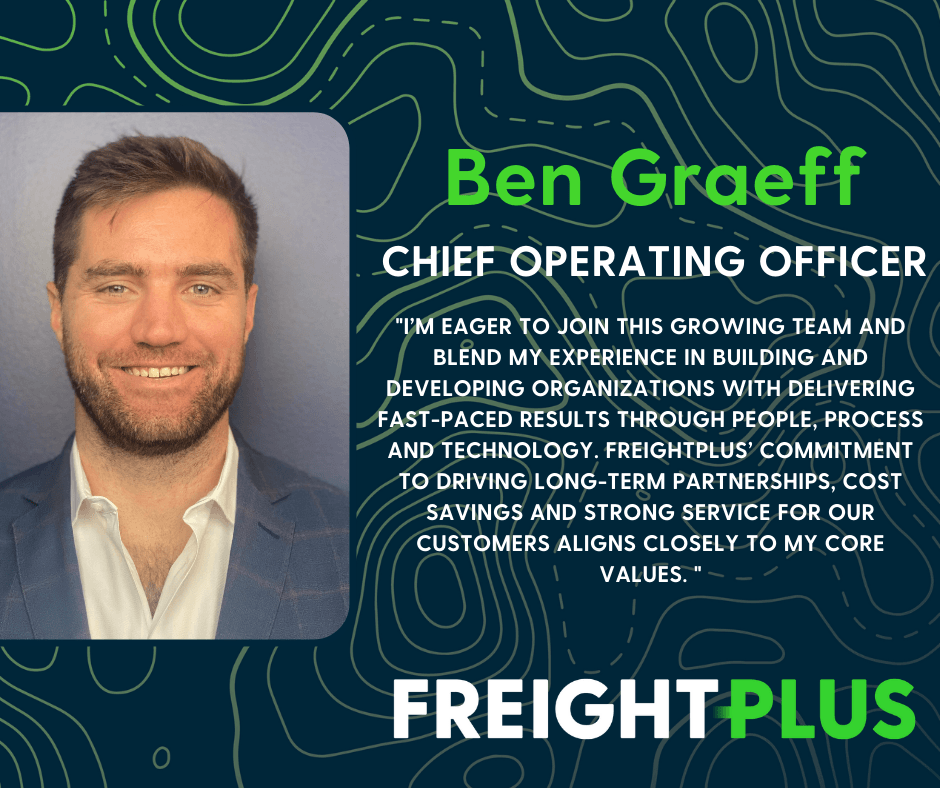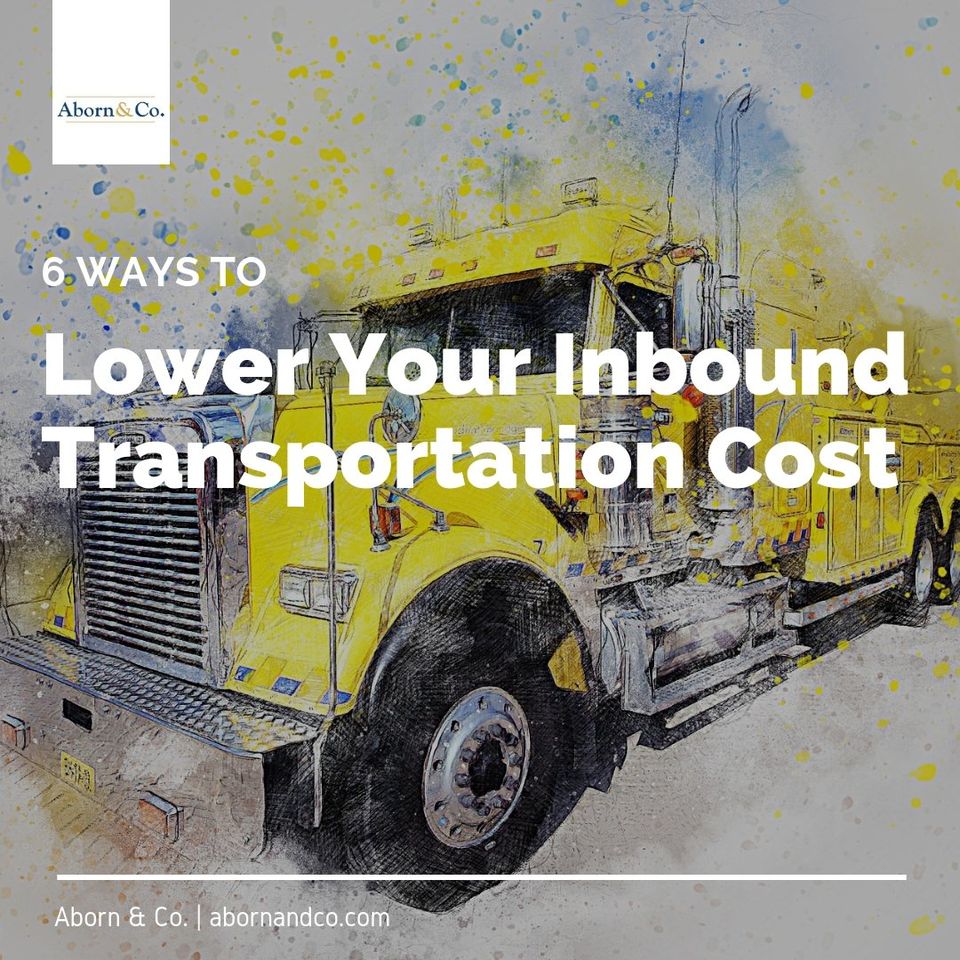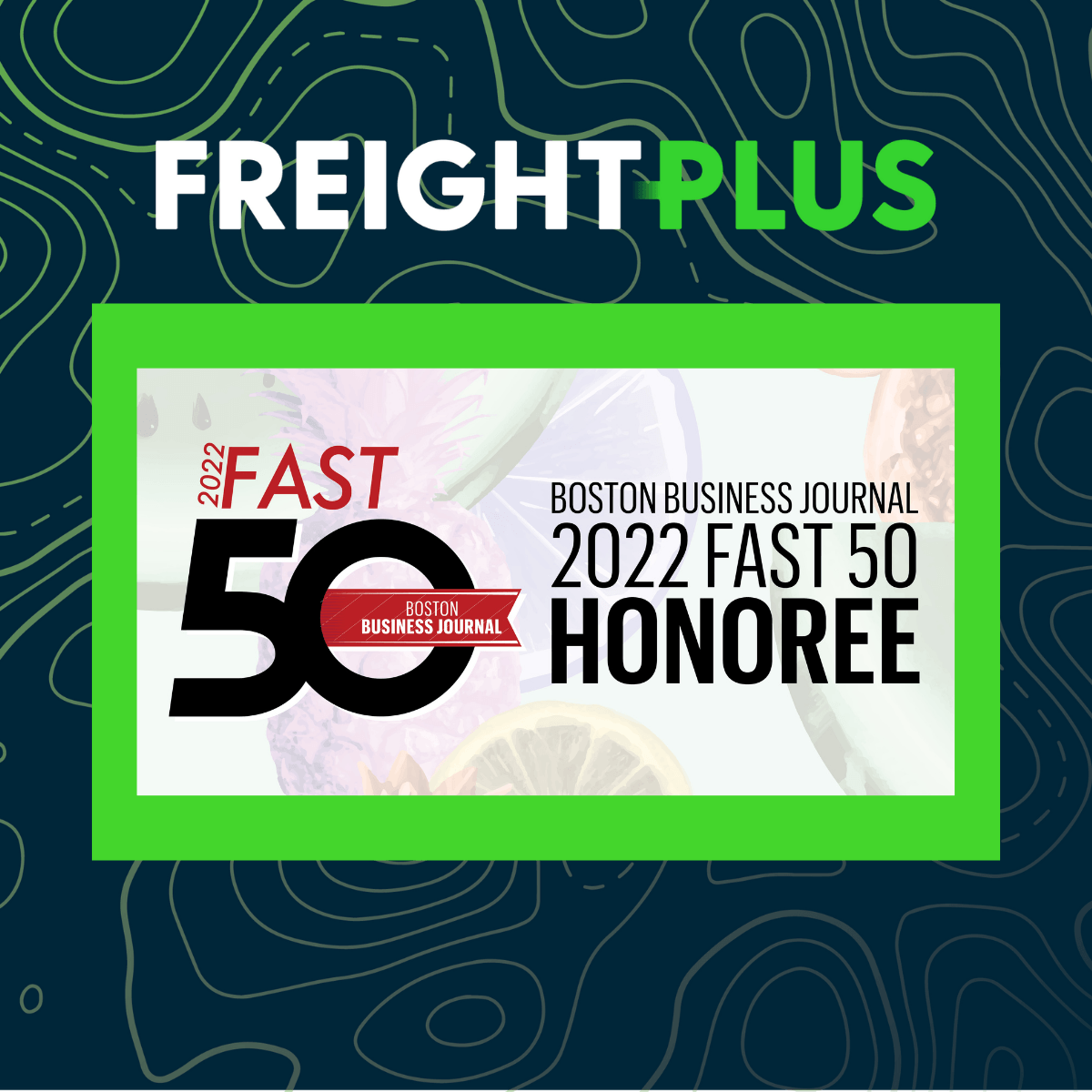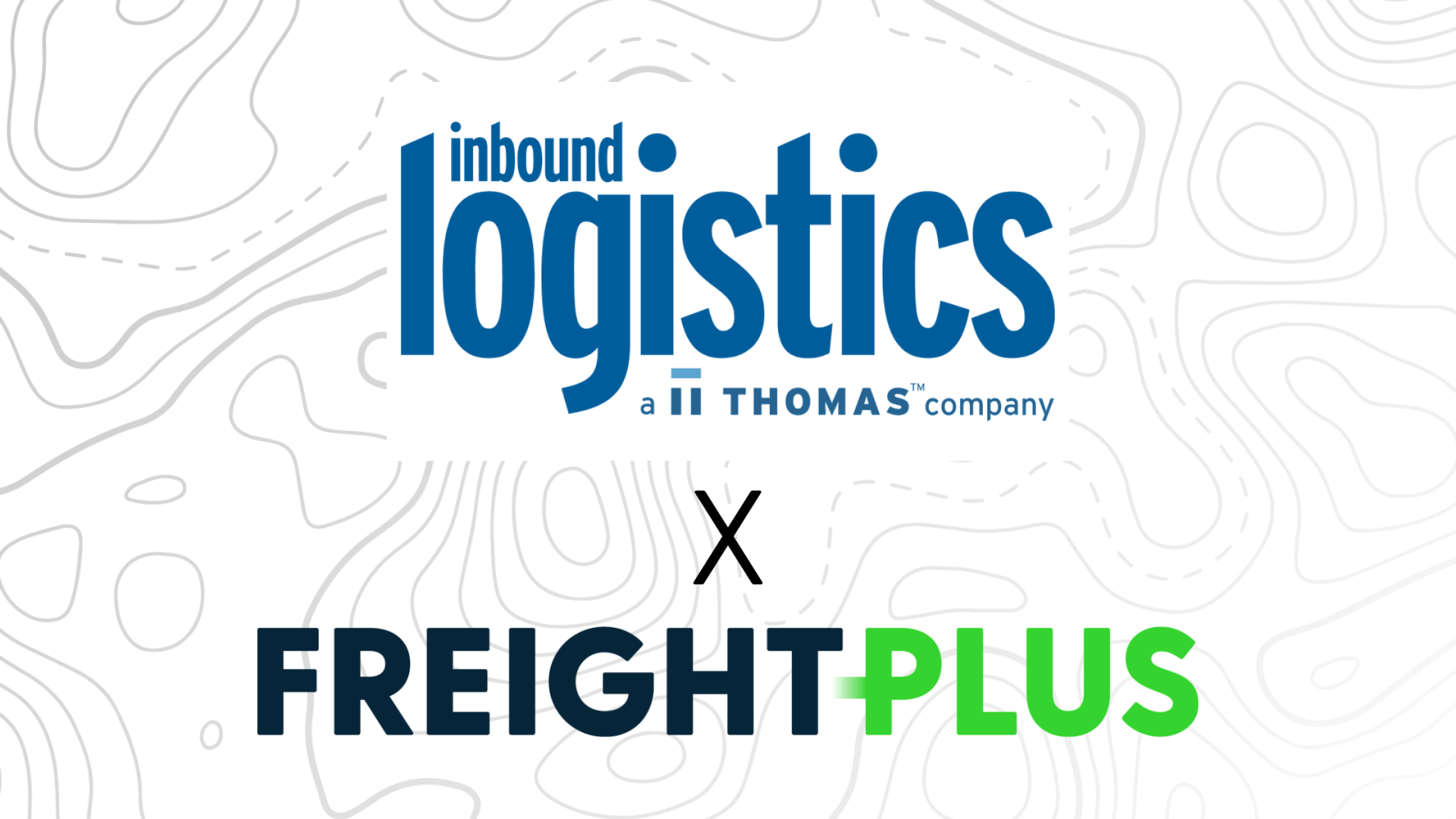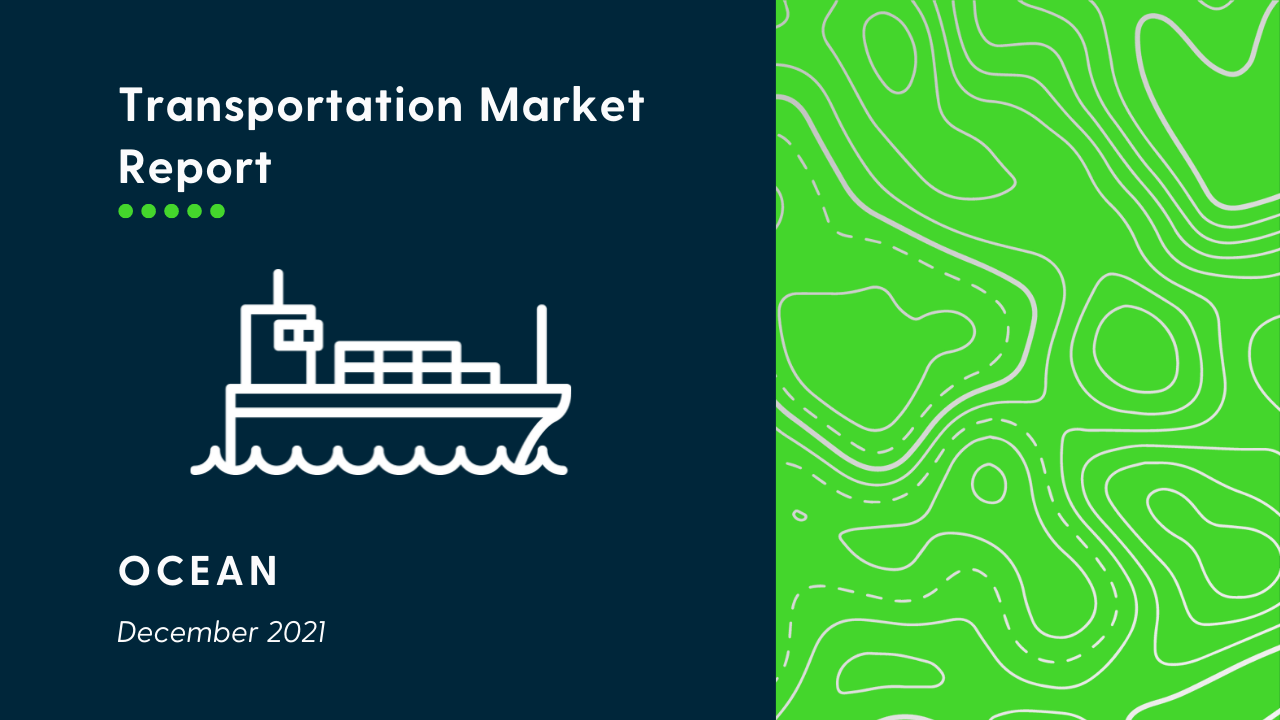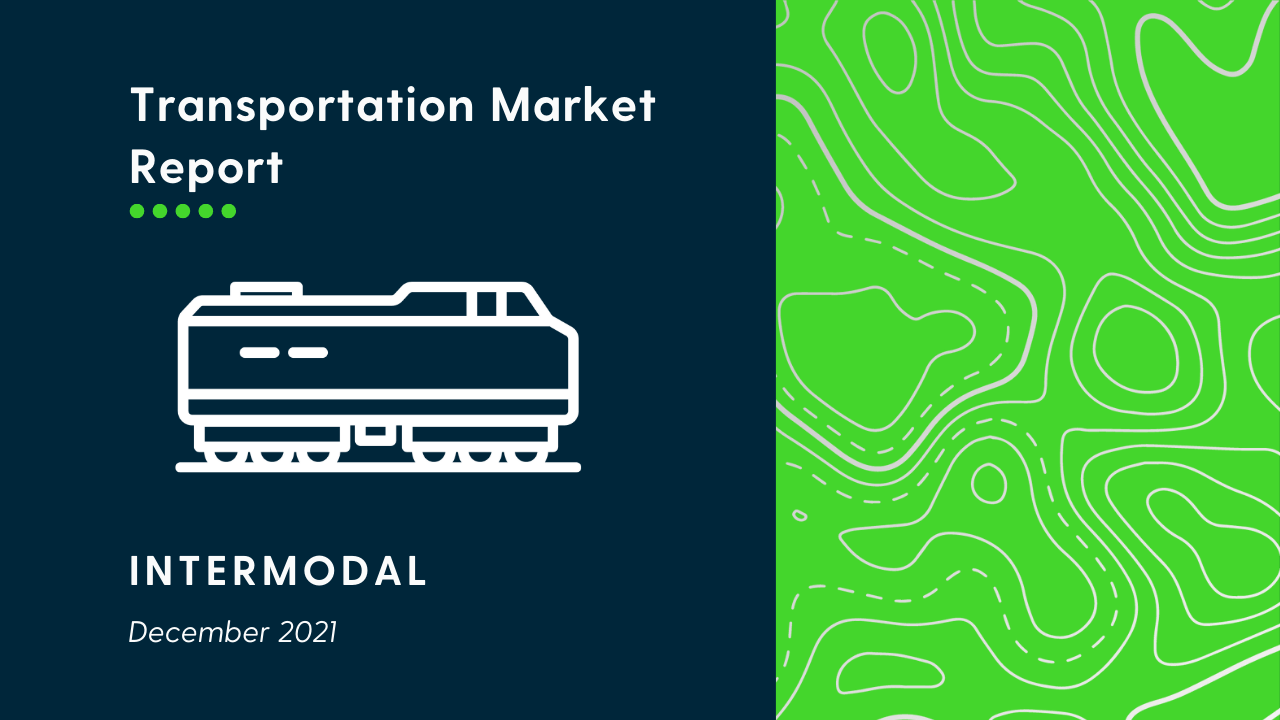6 Ways to Lower Your Inbound Transportation Cost
"Am I paying too much for my inbound freight?" - John C. E. Granby, CT
If you're asking that question than the answer is often a resounding, "Yes!" While most companies keep a tight handle on their outbound freight as well as their commercial invoice costs, inbound freight is often overlooked. There are a number of reasons for this but the main drivers are that purchasing and outbound delivery costs are not as complicated to manage.
A large retailer may have hundreds or even thousands of suppliers that are working with a laundry list of freight forwarders, customs brokers, 3PLs & 4PLs. Navigating this sea of carriers is often where cost transparency is lost on the horizon. Consider this, a business can spend more than 40% of its annual freight budget on inbound shipping, according to the Aberdeen Group, a research firm in Boston.
Can you and your customers afford the cost of not knowing where that money is going?
Here are 6 Ways To Lower Your Inbound Logistics Cost
Suppliers
Your freight spend begins with your suppliers and vendors but it doesn't end there. Your invoice terms or INCO terms are the first area cost visibility is lost. If you're buying on prepaid or delivered terms you're essentially allowing your suppliers to manage your freight and profit off the transportation costs. However, if you were to switch terms and unbundle the freight from the cost of the SKU you'd be able to compare apples to apples on freight cost. While freight may represent a relatively small percentage of the invoice cost, it may be a significant percentage of the margin.
Clean data capture
and a properly managed freight solution can give you the visibility to not just know where your freight is going, but where you're money is hiding.
Carriers
Once you separate the cost of goods from the cost of freight you'll need to approach your own carrier base for comparison rates. Many companies will employ a 3PL or 4PL to negotiate rates from a pool of steamship lines, common carriers, and/or freight forwarders. 3PLs & 4PLs work with asset based carriers to build volume, create trade lane density, reduce costs, and develop RFPs (request for pricing.) Knowing how many suppliers you have, where they are located, what they are shipping, and when they are shipping it will help shape your carrier network.
Volume
Volume is a key point of leverage for shippers. The larger the piece of the pie a carrier is offered, the better the rates, tariffs, and service they may offer the shipper. If you're using two dozen different carriers for your shipments you're likely going to have to play the spot rate market and your freight may suffer due to market volatility. By consolidating the number of carriers you use you may be able to reduce your overall cost.
You may also be able to contract carriers that can pass the savings they've offered you on high traffic lanes to those with less volume.
Lastly, managing shipment frequency and consolidating shipments between vendors and carriers in the same region can reduce your overall number of shipments. Your carriers will be able to move LCL (less than container load), FCL (full container load), LTL (less than truckload) and FTL (full truckload) from multiple suppliers based on cost, time, and need. This will result in fewer overseas & port charges, entry fees, and the number of trucks needed on the road for delivery.
Clean data capture and a Transportation Management System
(TMS) can help you further leverage these savings via freight optimization as well as during contract negotiations.
Accessorial, Ancillary, & Surcharge
One of the greatest advantages of taking control of your inbound freight is that you may be able to negotiate away charges that fluctuate and/or are added to your invoice after delivery. Inside deliveries, deliveries that require notification, appointment fees, delivery confirmation, etc. can come with ancillary costs that can be as high as the freight charge itself. FSCs (fuel surcharge) agreements raise and lower with the cost of fuel. All of these fees can and should be discussed and negotiated when signing your service contracts with carriers. For further leverage, we often recommend negotiating your inbound and outbound freight together.
Freight Bill Audit
Freight bills are a blind spot for many shippers. While the purchasing, logistics, or transportation department may have agreed to a certain rate with a carrier, the bill is often sent to accounting and is never seen by the department that approved the move. This leads to unseen charges like the aforementioned accessorials, ancillaries, and surcharges slipping through the cracks. A freight bill audit will compare your quoted rates to your actual invoices and will determine if freight is being charged according to its class and agreed upon terms. The discrepancy between quoted rates and the actual invoice can add up to a fortune in margin-destroying costs for shippers.
Internal Process
Just when you thought you had it figured out the purchasing department switches suppliers or adds a new vendor. While they may believe that they're getting a better deal from the factory, outbound logistics costs are often overlooked. Ideally, you'd want communication between your logistics, transportation, and purchasing departments so that you can optimize routing, control costs, and define what your actual landed cost per SKU will be.
A large retailer may have hundreds or even thousands of suppliers that are working with a laundry list of freight forwarders, customs brokers, and 3PLs. Internal silos and departmental priorities make communication extremely difficult between the procurement and logistics departments. This creates a disconnect when it comes to understanding the overall value proposition that controlling inbound logistics offers. A cross-functional approach can help bridge that gap by involving someone from logistics when buyers are performing their vendor selection process. After all, your inbound cost is a part of your product cost and that cost begins at the supplier.
This is another case where both clean data and communication between supply chain systems is invaluable. Having a TMS
that can "speak" to your other shipping, receiving, procurement, and inventory systems creates 360-degree visibility
increasing organizational efficiency far beyond just your freight.
Ready to take control of your inbound logistics?
Want to know how to get the process started? We'd be happy to walk you through the process, review your freight spend, audit your billing, and get you the best rates and services available. Contact Aborn & Co. today for a free introductory consultation.
Listen to our podcast on the importance of clean data.Tune in below or on iTunes , Spotify , or simply search your favorite podcast player for Consulting Logistics!

